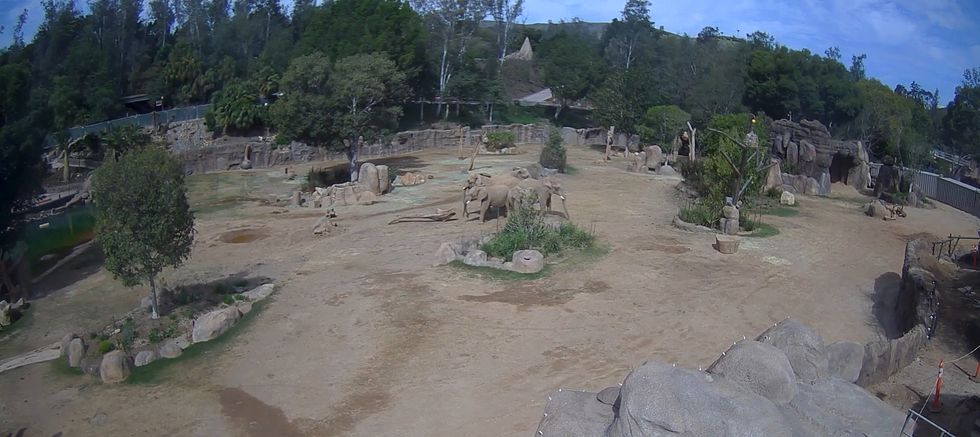Gregory Robinson
Feb 20, 2025
Archaeologists stunned by discovery at planned site of new London skyscraper
Lumen5
Heirlooms and ornaments, regardless of their monetary value, are a tangible connection to the past and those who came before us.
But a recent discovery in Poland has given a new meaning to the concept of hidden treasures as they contain ancient cosmic material from space. The extraordinary finds have shocked experts for a very specific reason.
The objects were unearthed at two burial sites located approximately six kilometres from each other in the south of Poland, at Częstochowa-Raków and Częstochowa-Mirów. These treasures date back to 750-600 BCE and they tell us something shocking about the inhabitants who used to live in the area.
Of the 26 ornaments containing iron discovered by archaeologists, four of these contain rare space metal. The items the cosmic material was found in includes bracelets, an ankle ring and a pin.
"This modest number of specimens nevertheless forms one of the biggest collections of meteoritic iron products at one archaeological site worldwide,” researchers explained in the study.
The team used X-ray microtomography to examine the internal structure of the samples, revealing that the artefacts were crafted from an “extremely rare” type of space rock called ataxite meteorite. These fallen space rocks have an unusually high nickel content.

Lead researcher Dr Albert Jambon said meteorites were not discovered by coincidence. The team suggested a scenario in which the locals likely witnessed a meteor shower and actively hunted for pieces of space rock to make the ornaments.
The research also suggests that iron was not considered to be particularly precious.
“During the Bronze Age, the price of iron was about ten times that of gold; in the early Iron Age, it sank drastically to less than copper,” Jambon said.
Researchers aim to unearth the origins of iron smelting technology from back in the day. The point of my research is to find out who, when, and where the iron smelting was discovered. To that end, we need to analyse archaeological irons and check whether they are meteoritic or smelted,” Jambon explained.
The study was published in Journal of Archaeological Science: Reports
You should also read:
Scientists discover evidence that Tutankhamun's mask isn't actually his
Scientists discover lost Temple of Poseidon and it's even bigger than expected
How to join the indy100's free WhatsApp channel
Sign up to our free indy100 weekly newsletter
Have your say in our news democracy. Click the upvote icon at the top of the page to help raise this article through the indy100 rankings.
Top 100
The Conversation (0)














